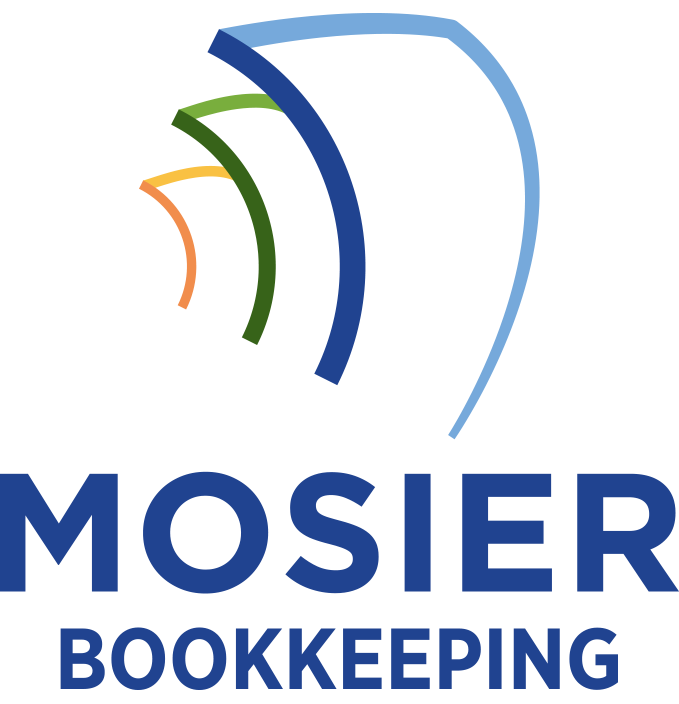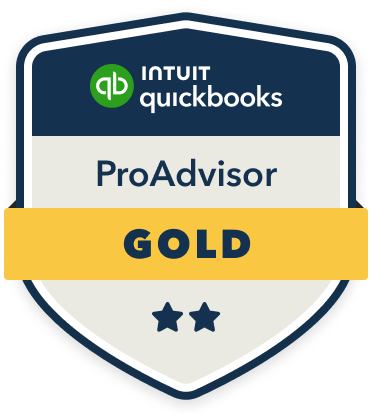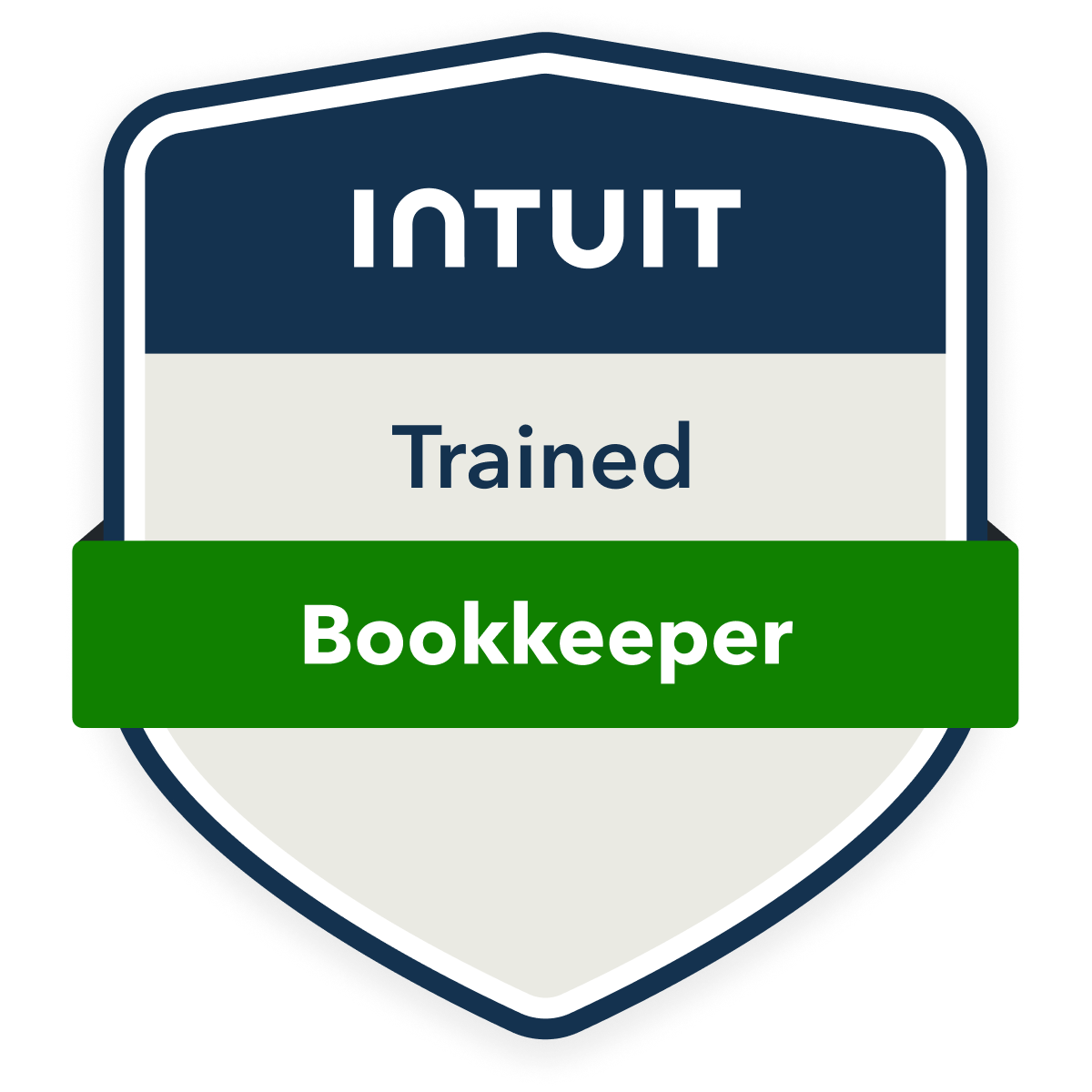The primary bookkeeping challenges for mentorship programs center on accurately tracking mentor compensation, program expenses, and ROI metrics. You’ll need robust systems to document both monetary and non-monetary benefits, manage dedicated cost centers, and maintain detailed records for tax compliance. I recommend implementing digital tracking solutions for time allocation, resource management, and expense categorization. Understanding these financial complexities will help you develop effective strategies to optimize your program’s fiscal management.
Tracking and Documenting Mentor Compensation Models
While implementing a mentorship program brings valuable professional development opportunities, tracking mentor compensation requires robust bookkeeping practices. I recommend establishing clear compensation tiers based on mentor experience levels, time commitment, and program complexity. You’ll need to document both monetary and non-monetary benefits, including stipends, bonuses, and professional development allowances.
I advise implementing a digital tracking system that captures mentoring hours, expense reimbursements, and performance incentives. You should maintain detailed records for tax purposes and program ROI analysis. Consider integrating your mentorship compensation tracking with your existing payroll system to streamline financial reporting and guarantee accurate documentation.
Managing Program-Related Expense Categories
Most mentorship programs generate multiple expense categories that require systematic tracking and allocation. I recommend creating dedicated cost centers for mentor training materials, program administration software, event facilities, and certification costs. You’ll need to establish clear protocols for handling travel reimbursements, workshop supplies, and technology resources allocated to mentoring activities.
I’ve found that implementing digital expense management systems with customized tags for mentorship-specific items streamlines categorization and reporting. This approach lets you instantly analyze program costs, maintain compliance documentation, and make data-driven decisions about resource allocation. You’ll want to regularly review these categories to verify they align with your program’s evolving needs.
Measuring and Recording ROI Metrics
I’ve found that accurately measuring ROI for mentorship programs requires meticulous tracking of mentor time investments through detailed timesheets and activity logs. My experience shows that quantifying the program’s value impact involves analyzing metrics like employee retention rates, promotion velocities, and skill acquisition benchmarks against your baseline data. These metrics, when properly recorded in your accounting system, help justify program costs and demonstrate the financial benefits of mentorship initiatives to stakeholders.
Tracking Mentor Time Investments
One of the most challenging aspects of mentorship program bookkeeping involves accurately tracking and recording mentor time investments to calculate ROI metrics. I recommend implementing a time-tracking system that captures both direct mentoring hours and ancillary activities like preparation and follow-up. You’ll need to monetize this time investment by calculating the mentor’s hourly rate based on their salary and benefits.
I’ve found that automated tracking tools integrated with your payroll system provide the most reliable data. Break down the time logs into specific mentoring activities, allowing you to analyze which components deliver the highest value and adjust your program’s structure accordingly.
Calculating Program Value Impact
With mentor time investments properly tracked, the next challenge involves translating these inputs into measurable ROI metrics that demonstrate program value. I’ve found the key is implementing a systematic framework that captures both quantitative and qualitative impacts.
| Metric Type | What to Measure | How to Calculate |
|---|---|---|
| Financial | Revenue Impact | Sales lift vs control group |
| Operational | Productivity Gains | Time saved × hourly rate |
| Development | Skill Advancement | Pre/post assessment scores |
I recommend focusing on three core areas: reduced turnover costs, accelerated skill development, and increased revenue generation. These metrics provide concrete evidence of your mentorship program’s bottom-line impact while justifying continued investment.
Tax Implications and Compliance Requirements
I want to help you understand the key tax considerations when implementing a mentorship program in your business. You can generally deduct qualified mentoring expenses like training materials, mentor stipends, and program administration costs as ordinary business expenses on your tax return. I also recommend exploring available tax credits, such as the Work Opportunity Tax Credit (WOTC) or state-specific training incentives, which can provide additional financial benefits for your mentoring initiatives.
Deducting Mentor Program Expenses
Determining which mentor program expenses qualify as tax deductions requires careful consideration of IRS guidelines and compliance requirements. I recommend tracking mentor wages, training materials, facility costs, and technology investments separately in your accounting system. You’ll need to distinguish between direct mentorship costs and indirect overhead expenses.
I’ve found that creating specific expense categories for mentorship activities helps maximize legitimate deductions while maintaining audit readiness. Key deductible items often include mentor stipends, professional development costs, and program management software. Remember to maintain detailed documentation of how each expense directly relates to your mentorship program’s business purpose.
Tax Credits for Training
Businesses running formal mentorship programs can often tap into valuable tax credits through federal and state workforce development incentives. I’ll show you key training credits available:
| Credit Type | Value Range | Requirements |
|---|---|---|
| WOTC | Up to $9,600 | Hire target groups |
| State Training | 5-50% of costs | Pre-approval needed |
| Apprenticeship | Up to $5,000 | DOL registration |
| R&D Training | Up to 20% | Technical skills |
| Industry Specific | Varies by sector | Program certification |
To maximize these benefits, I recommend documenting all training expenses meticulously and consulting a tax specialist who understands your industry’s specific credits. You’ll need to maintain detailed records of mentor-mentee activities and associated costs.
Time Allocation and Resource Management Systems

When implementing mentorship programs, accurate tracking of time allocation and resource distribution becomes critical for maintaining proper financial records. I recommend implementing digital time-tracking systems that can separate billable mentorship hours from regular operational costs. You’ll need to establish clear metrics for resource consumption, including meeting space utilization, training materials, and technology tools dedicated to the program.
I’ve found that integrating automated resource management software with your existing accounting system creates a seamless audit trail. This integration lets you monitor real-time program costs, allocate overhead expenses accurately, and generate detailed reports for stakeholder review and compliance requirements.
Budget Planning and Financial Sustainability Strategies
The foundation of sustainable mentorship programs rests on strategic budget planning that aligns with both short-term operational needs and long-term growth objectives. I recommend implementing a multi-tier budgeting approach that allocates resources across direct mentoring costs, overhead expenses, and contingency funds.
I’ve found that successful financial sustainability requires establishing clear ROI metrics, tracking mentor-related expenses separately, and creating revenue diversification strategies. You’ll need to develop scalable funding models that can adapt to program expansion while maintaining quality. Consider implementing a hybrid funding structure that combines corporate sponsorships, participant fees, and operational cost optimizations to guarantee long-term viability.
